Old Hall
The earliest records date back to only the 14th Century and by which time Old Hall was established on its present site. Having been owned by Norman knights, wealthy Earls of Oxford, by London bankers and country squires, by staunch Puritans and Catholic religious orders, by soldiers in transit and now since 1974 The Old Hall Community.
- 25
- The story of a Suffolk manor from the Doomsday book to present times
Details
INTRODUCTION
In 1982 Brenda Gamlin, part of the original Old Hall Community came across a document relating to an alter from the old chapel and to its consecration in 1845, she became interested in research the history of Old Hall and of which this is a brief overview of her book ‘Old Hall’ East Bergholt, The Story of a Suffolk Manor.
THE EARLY MANOR
In 1327 Edward III ordered a ‘Subsidy Roll’ on everyone in the village with more than 5 shillings worth of taxable goods to pay for his war in Scotland, and out of the recorded 41 individuals in the village, amongst the top of this list was a John Daundely, Lord of Old Hall, Principle Manor.
The next documented Lord of the manor was Sir John De Sutton of Wyvenhoe and his wife Margaret, for when their son (also named John) died in 1393, the inquisition into his properties and services listed the extent of the manor as ‘Old Hall, 4 messuages (homesteads), 70 1/2 acres of land, 19 acres and 32 acres of meadow, 52 acres and 1 rood of pasture, and one fishery.
Sadly there are no other local documents prior to 1381 as they were burnt by the local insurgents lead by a Thomas Fletcher in front of the church at the Peasants Revolt on June 17th, having forcibly compelled William ate Heath, bailiff of the manor, to give up the court rolls and extents of the manor in his possession.
Nationally the revolt was dramatic but short lived and Thomas Fletcher was convicted of felony.
THE CARDINALLS AND PARKERS
By 1579 the manor was sold by John de Vere, 16th Earl of Oxford, Thomas Walton and Robert Derehaugh/
Derehaugh, a family from Orford and who though through family connections and marriage the ‘Cardynalls’ became Lord of the Manor of Old Hall for the next 60 years.
The Cardinalls, wealthy merchants and staunch Puritans who made their fortunes off the cloth trade, they used their riches to establish themselves as landowners and to promote teaching, as by the middle ages, training, education and behaviour of many villages left much to be desired.
The last William Cardynall died at Edgehill in 1642, fighting in the life Guard of Robert Earl of Essex in the first important battle of the Civil war. He had married another of the Derehaugh family but as he left no male hair, the estate was inherited by his daughter Anna, who in 1644 married a Henry Parker.
The first description of a manor house of Old Hall was mentioned as the venue for several Town Meetings and at the death of Henry Parker as required by law an inventory was drawn up of his belongings, and provides clues to the large comfortable family home that included vast quantities of linen, from damask tablecloths and fine sheets, a fine Spanish table and picture, and twelve turkywork chairs. In the barns were stored with oats from eighty acres and wheat from six.
When Henrys son died childless in 1701, the manor descended through the female line passing to his sister Mercy, who married Joseph Chaplin, a widowed with seven children, and given their prosperous cloth business, they began the rebuilding of Old Hall.
REBUILDING
Joseph Chaplin perhaps one of the most colourful character in the Old Hall history, born 1645 and second son to a local carpenter, he rose to be high Sheriff of Suffolk, achieved through hard work and a succession of advantageous marriages, who by the time Mercy inherited Old Hall when Joseph was 56 he had begun to think of retiring to the country.
In those early years of the 18th Century, Joseph and Mercy began planning the rebuilding of the manor house modelling it on the London town houses of that period, a neat three story mansion with two parlours, four main bedrooms, a nursery and servants quarters, and wasn’t complete until Joseph was in his 70’s
After the death of Joseph in 1729, a Henry Hankey was appointed chief executor of the will which took him five years to complete, and with the extent of the impressive estate he took a personal interest and took ownership of the estate including fourteen acres of East End Wood and the water meadows.
THE HANKEY FAMILY
It was Henry Hankey in 1731 who commissioned William Brasier to map the village, the most detailed map we have which includes boundaries, ditches, and ownership of property, fields and farmland. It is unlikely that Henry never made Old Hall his home, he was once described as one of Europes greatest bankers and was believed to have resided in London, however after his death, Chaplin Joseph Hankey (son of Henry) although he followed in his fathers footsteps as head of the family bank, he made Old Hall his home and took his role in village society.
Joseph took his turn as Treasurer of the Towne and School Lands, of the Baron and Leet couts, and by 1776 the accommodation built by his grandparents were extended with a new wing that housed more nurseries and servants rooms as Joseph and his wife Elizabeth had thirteen children.
All else we know of Joseph Chaplin Hankey is that he shot himself at Old Hall on 25th October 1773 at the age of 46, we do not know why. His heir and namesake just 19 at the time went on to be both Lord of the Manor and head of the family bank which was amalgamated with the Consolidated Bank around this time.
INTO THE NINETEENTH CENTURY
We know little about the occupants of Old Hall after the Hankeys until 1801. The new lord of the Manor a John Reade, a barrister from Stutton who on his childless death left the whole of the estate to his great friend and neighbour Mrs Sarah Roberts from West Lodge (now Stour)
There are many recognisable local names that took control of the estate at this time, from Sarah Roberts to Peter Godfrey, who himself cleared the boundaries of fields and orchards to create a ‘Park’ under the East Bergholt Enclosure Act of 1817, taking a remaining strip of land to complete the triangle of the park. He befriended the Constables and invited a young Constable to paint the magnificent manor house in 1814, he hosted parties and dances and social calls, and on his death in 1837 his children were shipped off to property in London and Kent and the Manor House was auctioned off, from the 7000 volumes in the library to the pearls, watches and watercolours, however the painting of Old Hall stayed with the Godfrey family to be exposed to public view a century later.
ST MARYS ABBEY
In 1856 the estate was purchased by a group of Benedictine nuns from Winchester, where they added a chapel and chapter house. They farmed the land, opened a school, baked their own bread, made beer, wine, butter, cheese, kept bees and participated in local agricultural shows and by 1861 the Abbey was home to 19 sisters.
Over the years the building continued to grow, rooms for the chaplin, for guests, for the laysisters and outsisters. Cloisters were built, there were alterations and additions and improvements, until 1884 when the nuns experienced the shock of an earthquake which rumblings and swaying of wall and pictures caused much damage and Old Hall survived into the twentieth century.
THE WAR YEARS
In 1940 the army moved into the Abbey as a transit camp for successive contingents of troops going to and from the war and over the next five years first became the Medical and Service Corps.
Parades were held in the village and grounds, daily light weapon training took place in the fields and sometime the soldiers tended the vegetable gardens. They hosted weekly dances from which girls would travel from miles to attend and the soldiers would scrub and chalk the nuns refectory floors where the battalion dance band would sit.
The army moved out in October 1945 leaving the building empty and at the disposal of its owners in a deplorable condition.
THE FRIARS
Around this time another religious community was expanding. The Franciscan order of Friars Minor, whose English Provine had its headquarters at Forest Gate was looking for a new centre for training its students.
To transform a mansion house into a convent had been a task for the nuns, however the Friars needed to transform a dilapidated Abbey into a home for forty friars which too just shy of two years.
The friars became part of the village community. They would visit the sick, play in the village football and cricket teams, visit the elderly and handicapped as well as host village fetes as well as following their duties as training for future ordinands.
OLD HALL COMMUNITY
When St Marys Abbey came up for sale in 1973, tow local families intent on starting a community they bought people together to buy the property with completion taking place on June 14th 1974.
The first members included several teachers, local government officers, an accountant, a stamp dealer and an artist, however the members of what became known legally as Unit One Suffolk Housing Association endeavoured to make themselves and their ideas known and accepted in the village, attending meetings of the Parish Council and inviting local people to afternoon tea on the lawn.
They shared a common concern for environmental and ecological matters, work towards a degree of self sufficiency, farm organically and have installed various sources of alternative energy, most came looking for an alternative lifestyle, a greater degree of companionship and wider opportunities to lead a more varied and fulfilling life.
Of the original fifty five, it is believed but five remain permanently while many of the children and grandchildren are regular visitors.
As the years creep by, people come and go, children are born, grow up and leave home, but the community life goes on.
Excerpt from ‘Old Hall’ by Brenda Gamlin.
To obtain a copy of her book – the complete story ‘Old Hall’ East Bergholt, The Story of a Suffolk manor, please contact East Bergholt Society HERE
- 25
- The story of a Suffolk manor from the Doomsday book to present times

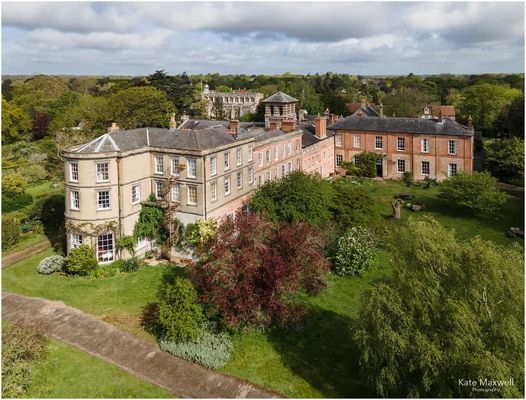
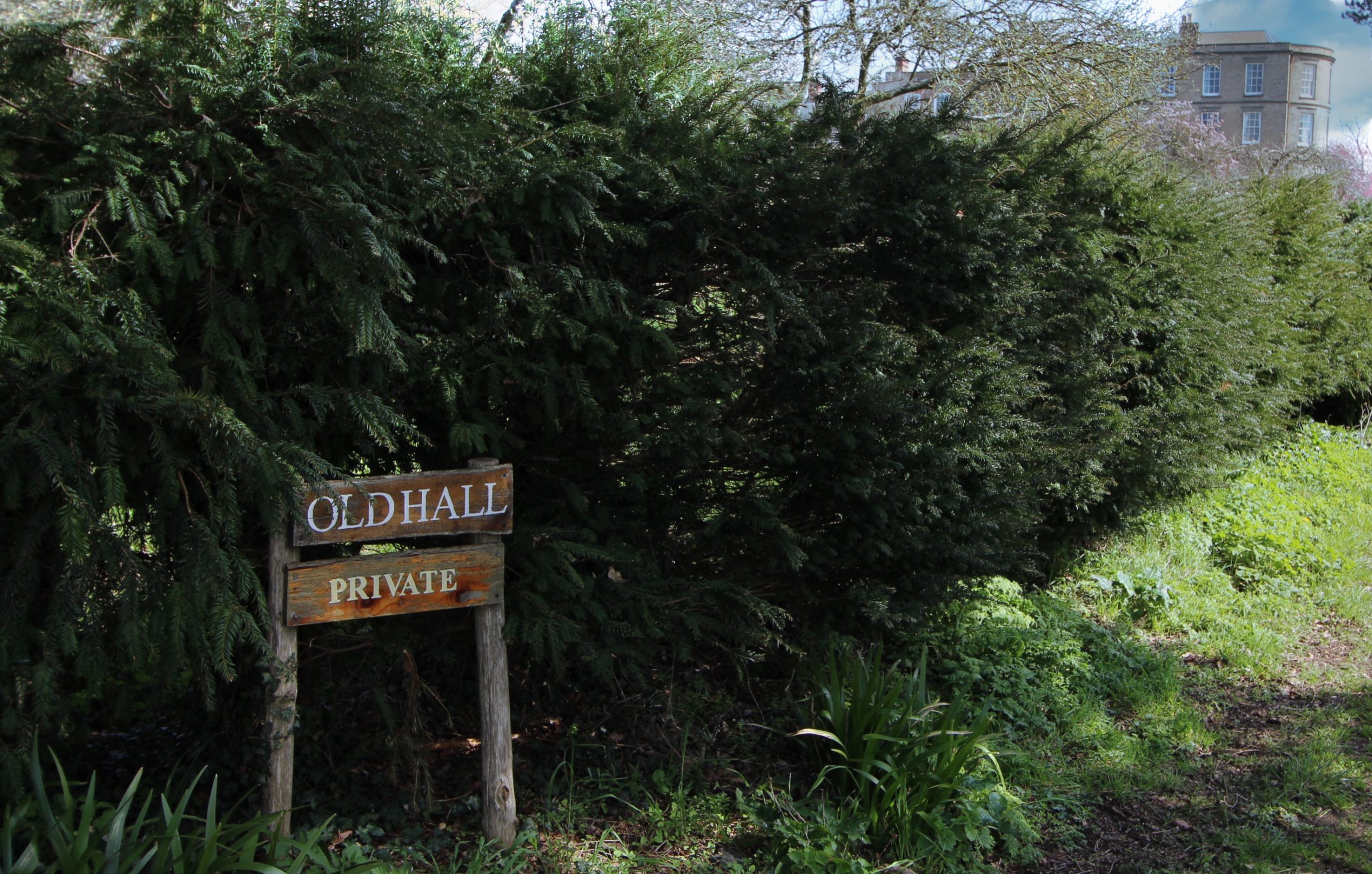
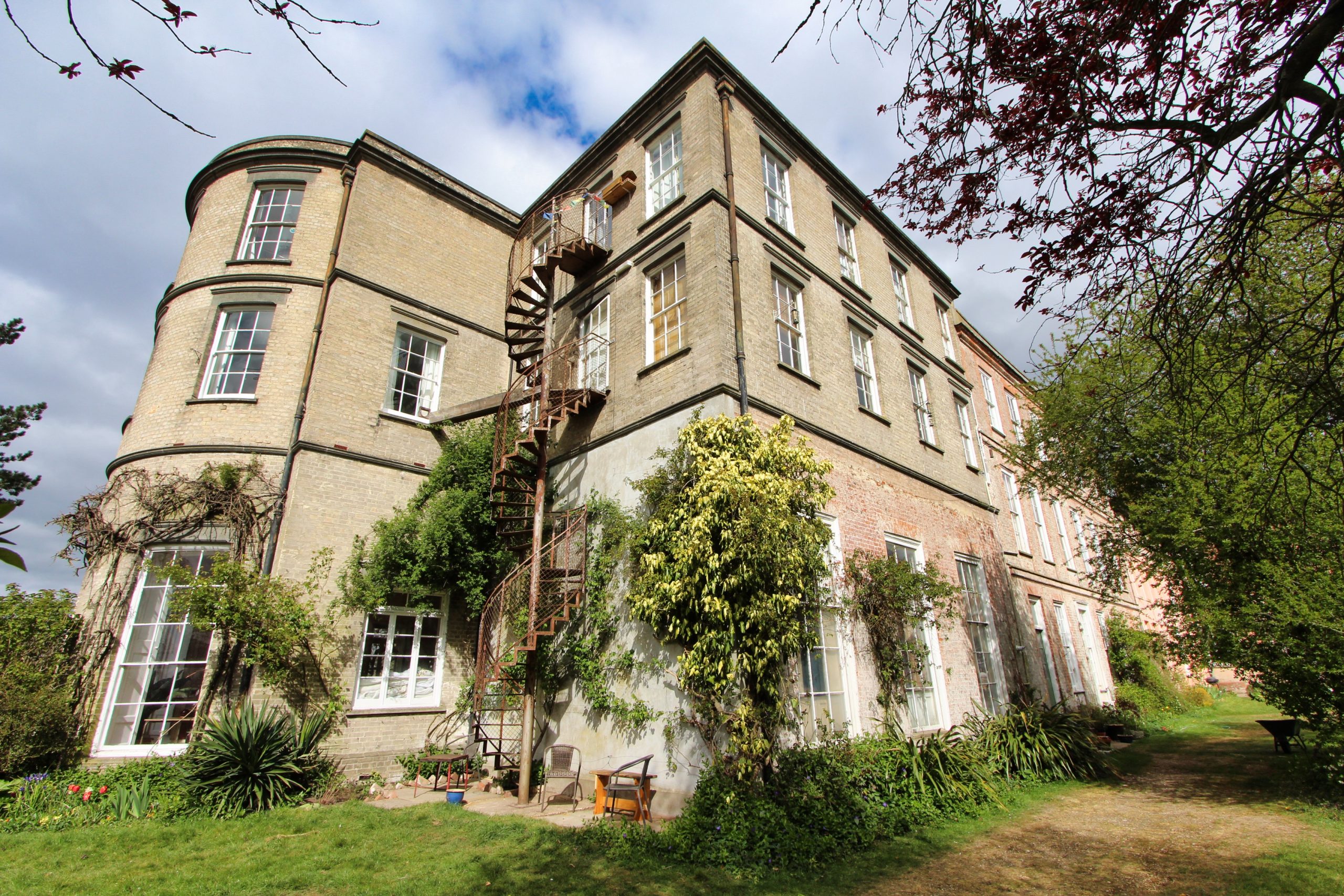
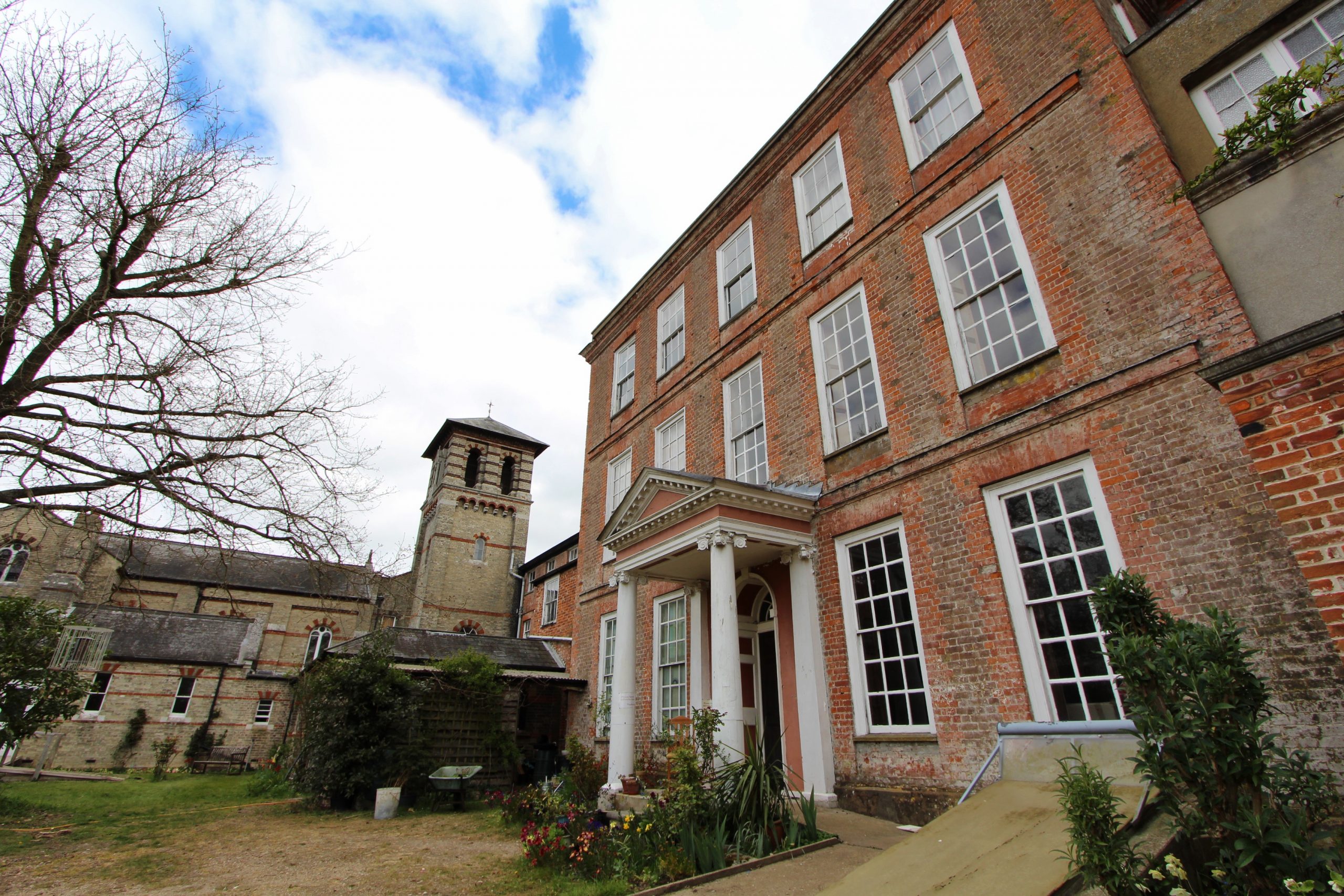
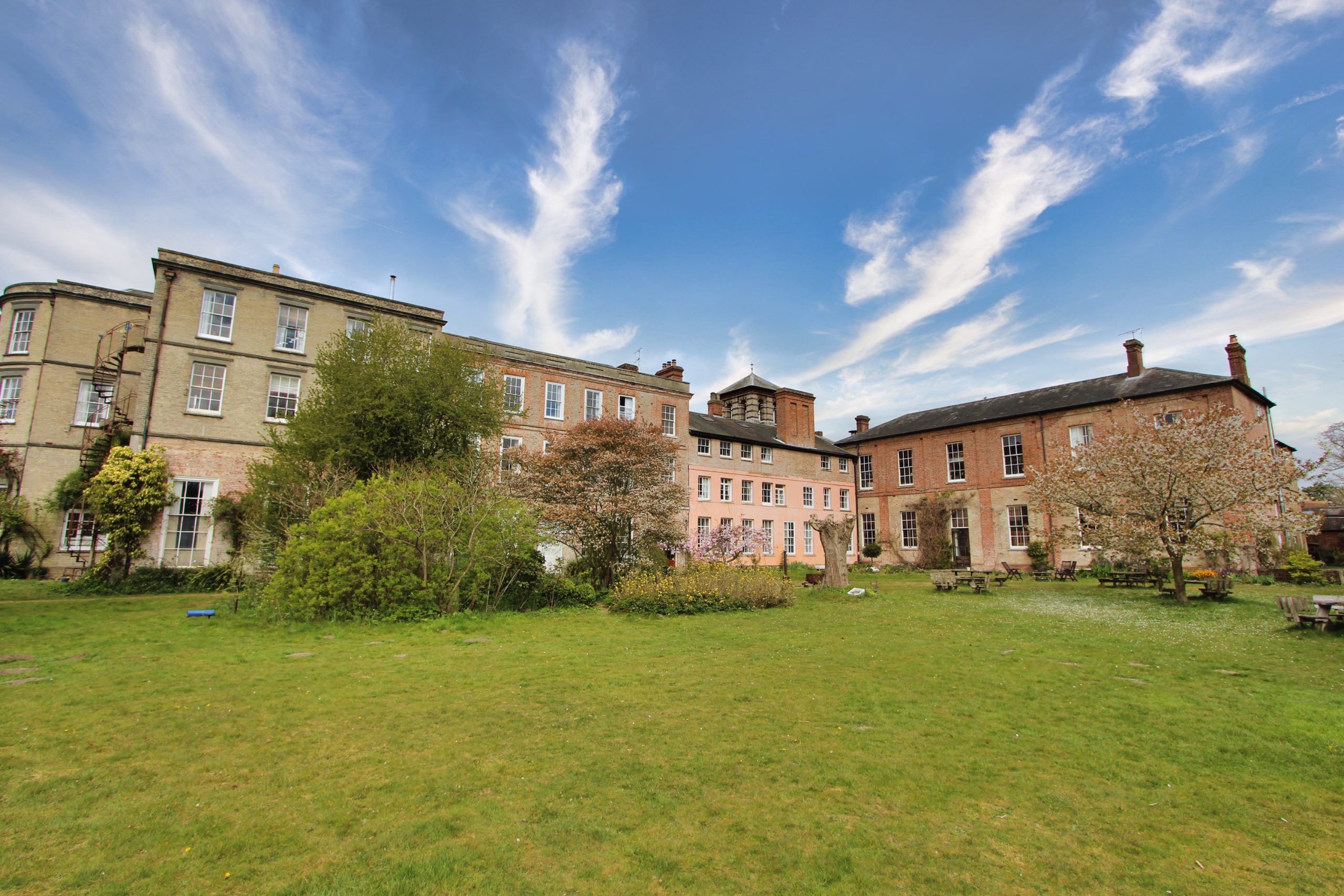
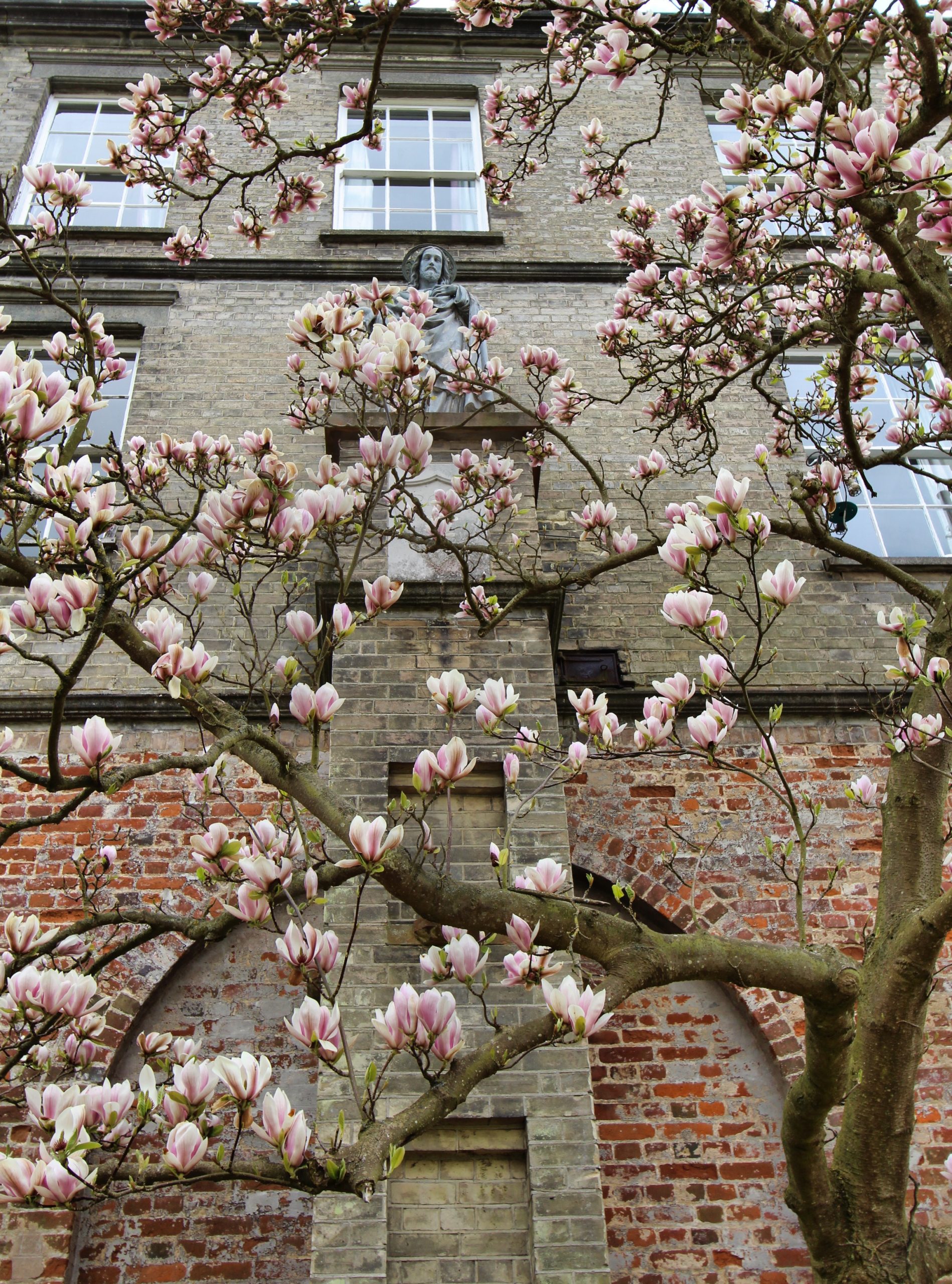
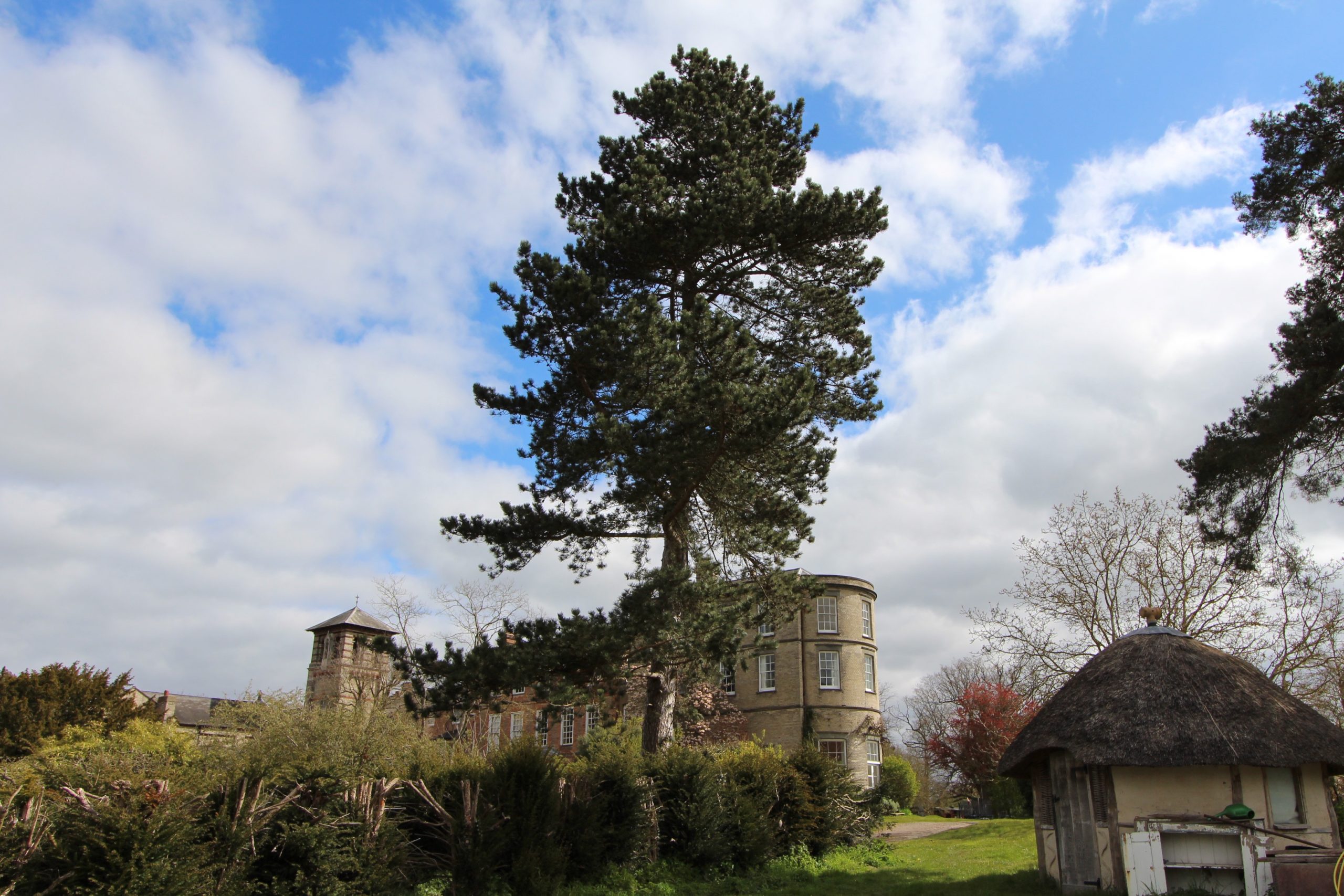
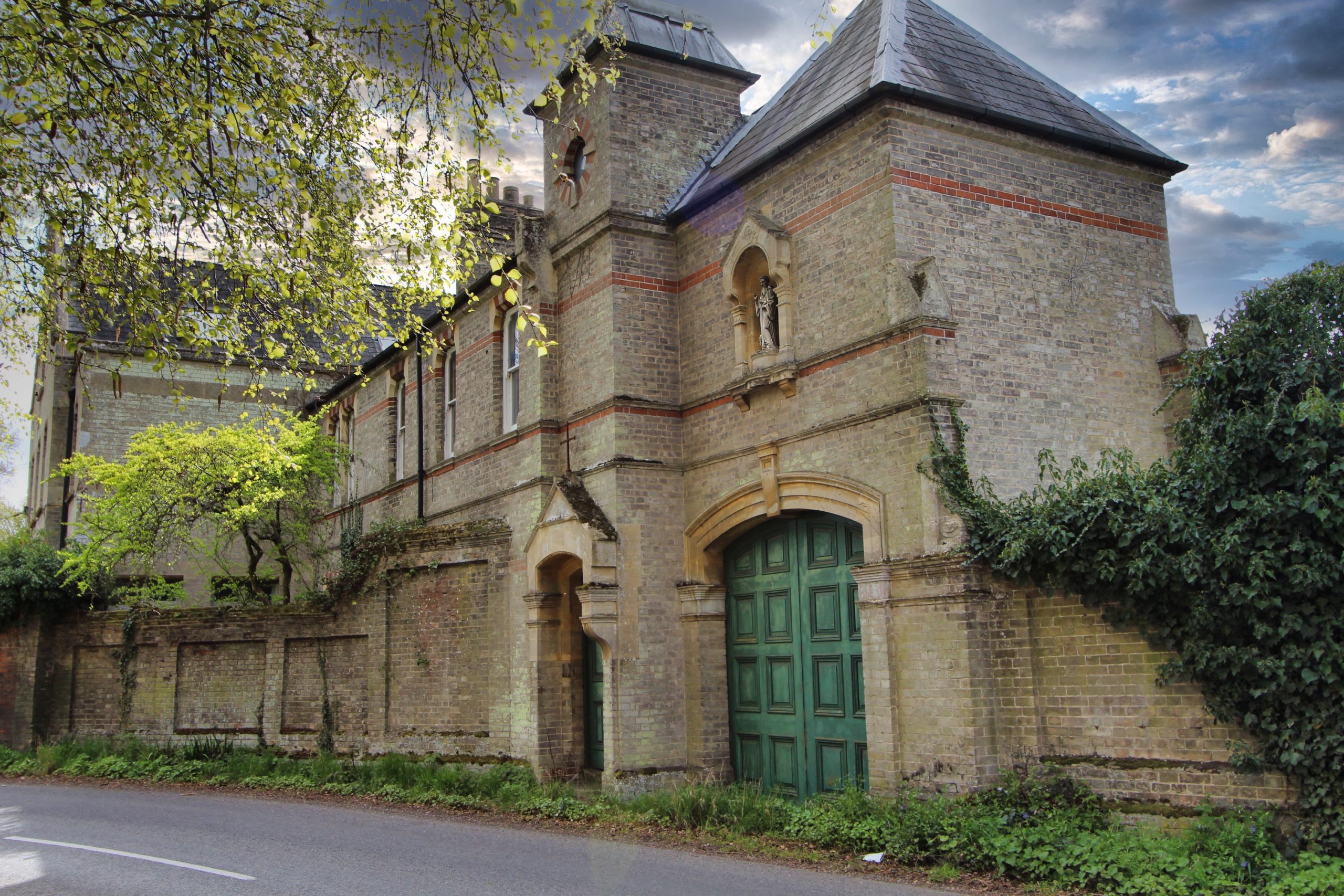
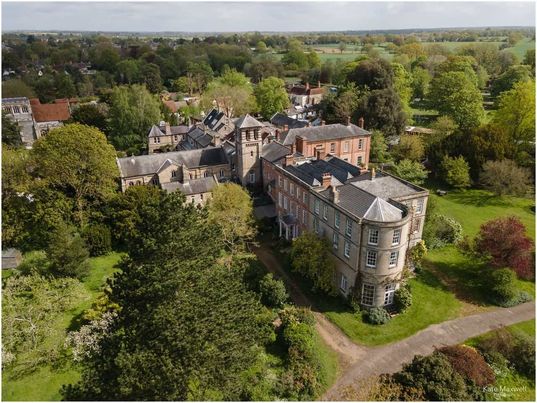
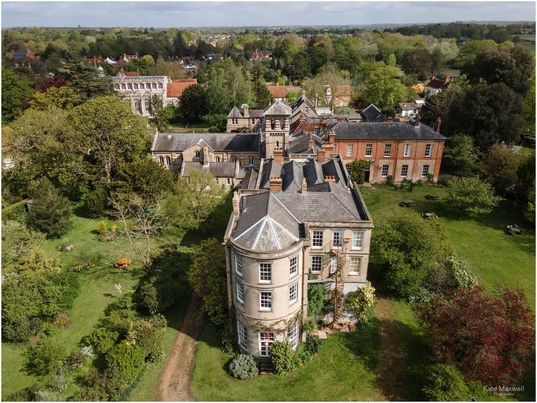
Hi all , here are some links to obituaries of Friars who served the village during their time at St Mary’s Friary. BROTHER JOHN https://www.friar.org/br-john-forest-holden-ofm/ Another BROTHER JOHN https://www.friar.org/br-john-forest-dougherty-ofm/ BROTHER AUSTIN https://www.friar.org/br-austin-kinsella-ofm/ BROTHER DESMOND https://www.friar.org/br-desmond-mcguire-ofm/ BROTHER IGNATIUS https://www.friar.org/br-ignatius-kelly-ofm/ FATHER ROGER https://www.friar.org/fr-roger-barralet-rip/ BROTHER BRENDAN https://www.friar.org/br-brendan-oneill-rip/ BROTHER ANDREW https://www.ebsoc.org.uk/local-story/old-hall/
TERRY DADDS